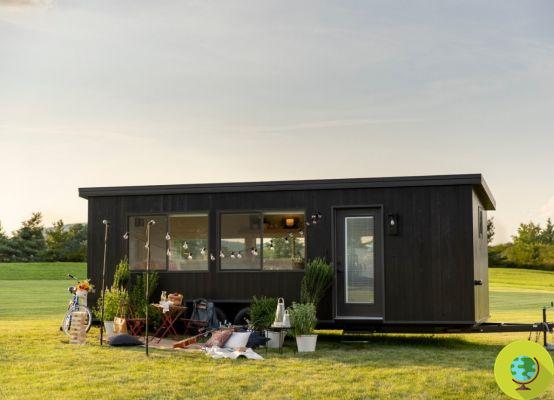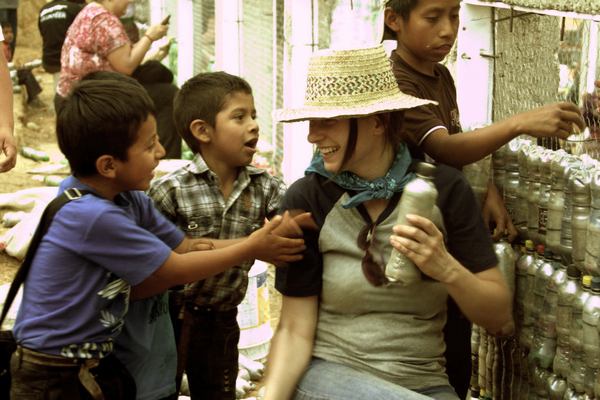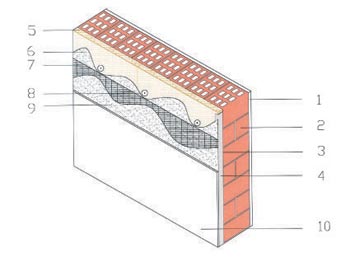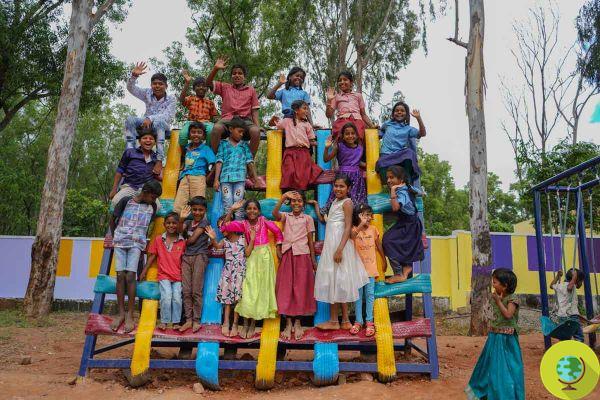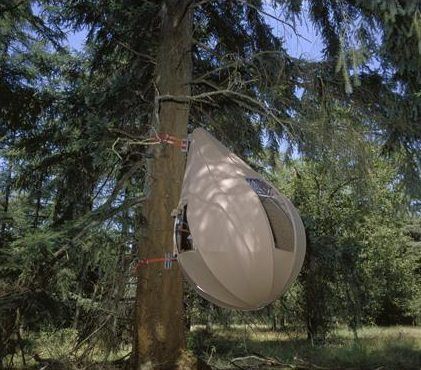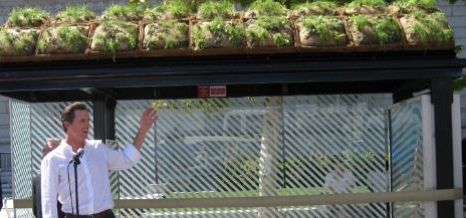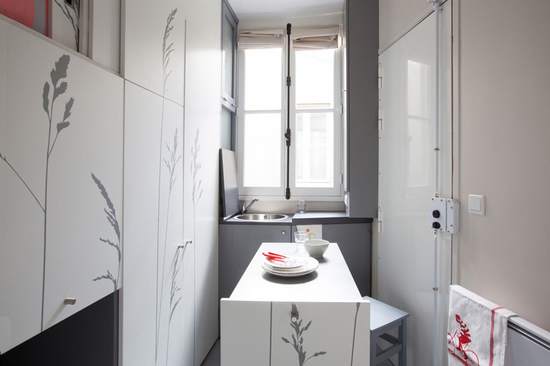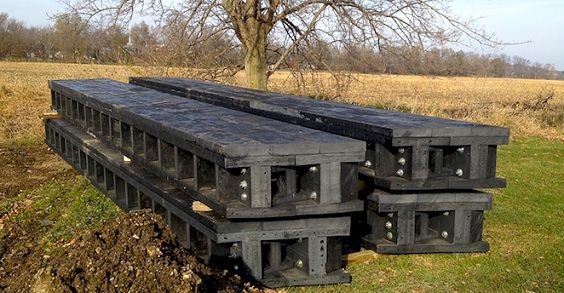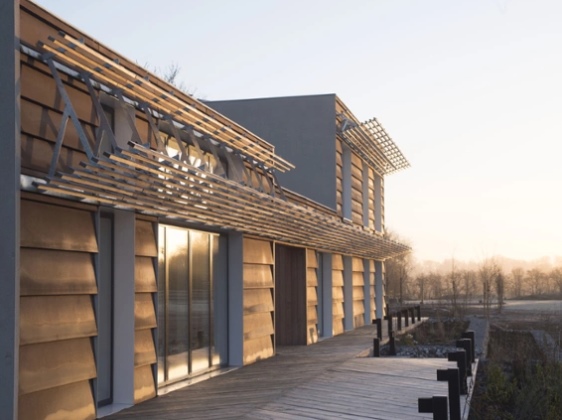What if the school not only taught to master reading, writing and math but also to build a sustainable community, helping its students to use their knowledge to improve the quality of life for all? This is the concept behind the Sisaengtham school, a Thai institution also known as the "solar school".
And if there school not only taught to master reading, writing and mathematics but also to build a sustainable community, helping your students to use their knowledge to improve everyone's quality of life? This is the concept behind the Sisaengtham school, a Thai institution also known as the "solar school".
Sisaengtham school opened its doors in 2010 in the northeastern province of Ubon Ratchathani, on the border with Laos. Its watchwords are self-sufficiency, environment e Buddhist philosophy: and it is precisely by following these guidelines that, in a very short time, the institute has become a model of energy autonomy, feed e financial.
Its founder is Prakruwimolpanyakhun (i.e. the teacher-monk Wimolpanyakhun), a monk who, having not had, at the time, the opportunity to receive adequate education, has dedicated his life to the mission of make the school accessible to as many children and young people as possible, in order to do something positive for his country. To raise the funds needed to build the institute, Prakruwimolpanyakhun sold his own house.
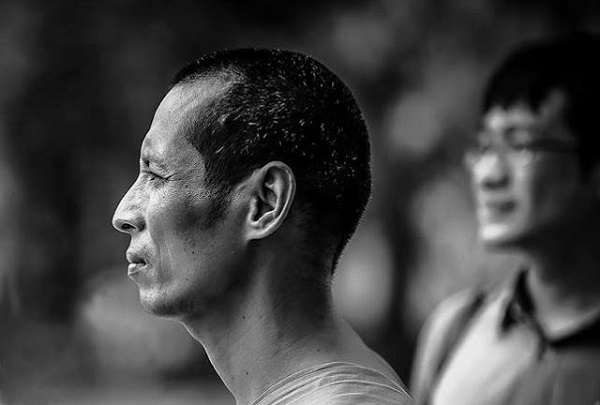
The first objective of the institute, which is accessible for free, is theliteracy, in a geographic area where being able to read and write is not a given. Once basic skills are assured, Sisaengtham school helps its pupils acquire a range of other skills, which are often completely neglected by 'traditional' education.
In fact, a large part of school activities revolve around the concepts of self-sufficiency e sustainability, which materialize, for example, in the cultivation of a vegetable garden by the students: vegetables are partly used for the preparation of meals served in the canteen and partly sold to financially support the school.

The institute uses exclusively solar energy and is powered by photovoltaic panels: children soon learn how it works and how to install and repair it. The exclusive use of solar power has allowed reduce the institution's monthly electricity bill to $ 1, which corresponds to the minimum rate that applies to anyone who wants to be connected to the Thai electricity grid.
An important form of self-financing is represented by projects made by the students themselves, who are encouraged to use the knowledge they gradually acquire to solve the daily problems of their fellow citizens. Most of these projects are based precisely on the use of solar technology: this is the case of mobile rechargeable batteries designed to power the pumps used by farmers to irrigate their fields or fields solar kits to make the families of the region as self-sufficient as possible from an energy point of view.
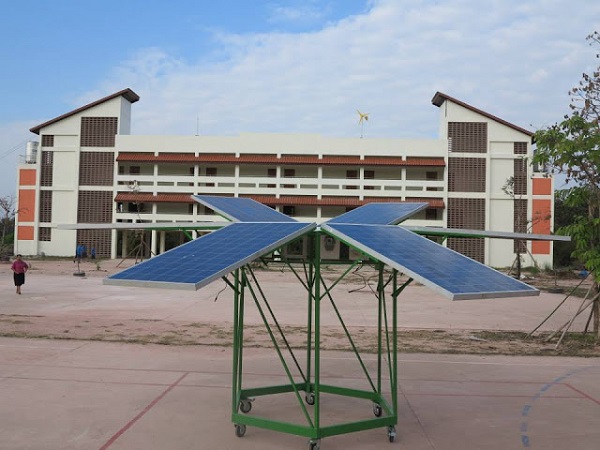
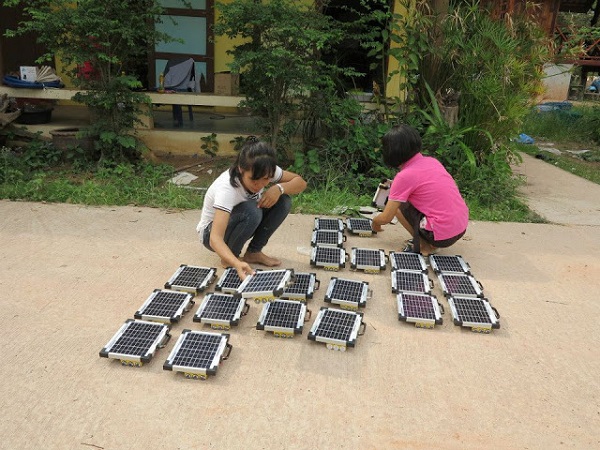
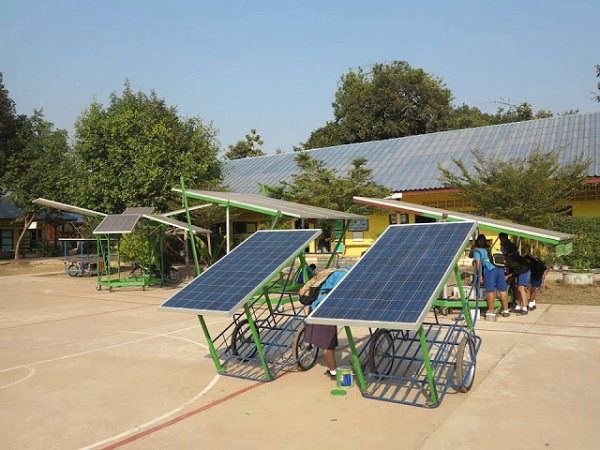
Theory and practice, technical knowledge and the ability to solve problems, manual work and creativity seem to go hand in hand in this particular and alternative school, born as a tool for improving the life of the local community and gradually becoming a authentic "teacher of life".
Lisa Vagnozzi
Photo Credits
READ also
The zero-emission nursery that produces more energy than it consumes
Muse School: the vegan school powered by James Cameron's 5 photovoltaic sunflowers






